We’ve all probably heard the joke about how the “world’s oldest profession” is prostitution or that the “world’s second-oldest profession” is spying because it was mentioned in the Bible. Jokes aside, these professions were no where near being some of the first. It would make more sense that the very first jobs were based on the earliest human needs.
For this list, we chose to cover professions that would have emerged as a result of first human creations such as tools, art, language, and agriculture. All of these jobs still exist in some form and probably always will because they deal with some of the most basic human needs.
8. Builder
Originated: between 10,000 – 15,000 years ago
Country of Origin: Ancient Mesopotamia (modern-day Iraq, Jordan, Syria, Israel, Palestine, southeastern Turkey and western Iran)
Current Salary: $25K – $85K
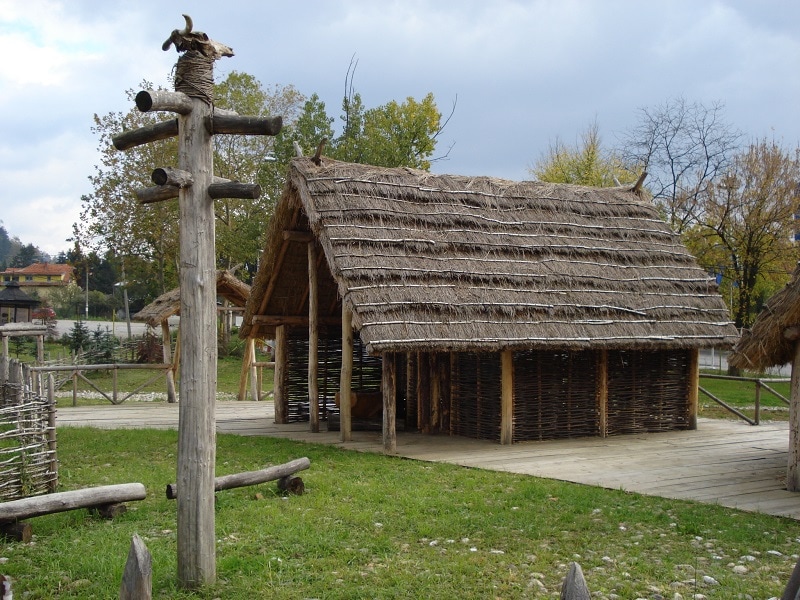
Humans began to move away from a nomadic hunter-gather lifestyle over 10,000 years ago. As agriculture flourished in Mesopotamia, early civilizations began to establish more permanent settlements. Scientists believe that for awhile our ancestors continued to seasonally hunt and gather food and did not live in their dwellings year-round.
Homes were initially built by their inhabitants, but specialist builders eventually emerged as people developed more defined roles in society.
Today, builders are required for building and/or repairing all of the structures on Earth. There are also builders who focus on a specific niche such as walls, boats, decks, doors, and sheds. It is a job that is always in demand and in general builders make between $25,000 – $85,000.
7. Farmer
Originated: about 12,000 – 13,000 years ago
Country of Origin: Ancient Mesopotamia (modern-day Iraq, Jordan, Syria, Israel, Palestine, southeastern Turkey and western Iran)
Current Salary: $21K – $67K
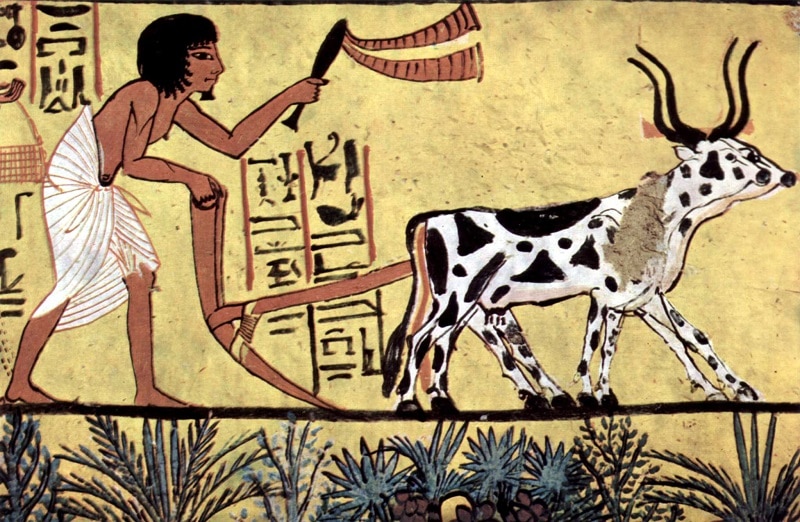
For much of human history, people were hunter-gatherers and constantly moved around. Our ancestors were collecting and eating wild grains from at least 20,000 BCE, but they did not start to cultivate crops until about 12,000 – 13,000 (c.11,000 BCE) years ago. Rye was one of the first grains people from Mesopotamia tried to farm.
Around 9,500 BCE, the eight “founder crops” — emmer wheat, einkorn wheat, hulled barley, peas, lentils, bitter vetch, chickpeas, and flax — were cultivated by different groups in the Fertile Crescent.
Agriculture caused massive population growth and humanity has never stopped needing farmers. Despite the great need for farmers, most modern farmers are only in the profession because its been a family business for several generations.
Although farming is requires a high amount of physical labor, it can be fairly lucrative, with the average salary ranging from $21,000 – $67,000 per year.
6. Musician
Originated: about 50,000 years ago
Country of Origin: oldest instruments found in Germany
Current Salary: $24K – $210K
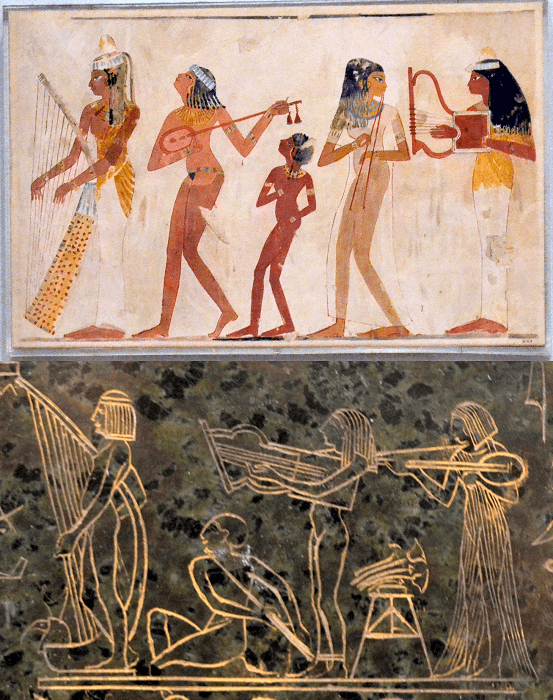
Like all of the professions on this list, the origins or prehistoric music are hard to trace. Scientists believe that humans started making music during the “cultural explosion” 50,000 years ago. Music probably goes back even further as the first musical instrument was most likely the human voice.
We do know that the oldest-existing instruments are about 42,000 – 43,000 years old and come from Germany.
Since this time, music has had a prominent place in nearly every culture around the world. Musicians are one the most popular entertainers and some of the highest paid people in any profession. Of course, the salary of any job in the arts varies widely and the current average musician’s salary ranges from $21,000 – $210,000.
5. Artist
Originated: over 67,000 years ago
Country of Origin: oldest cave paintings found in Spain
Current Salary: $25K – $104K (Fine Artist, including Painter, Sculptor, or Illustrator)
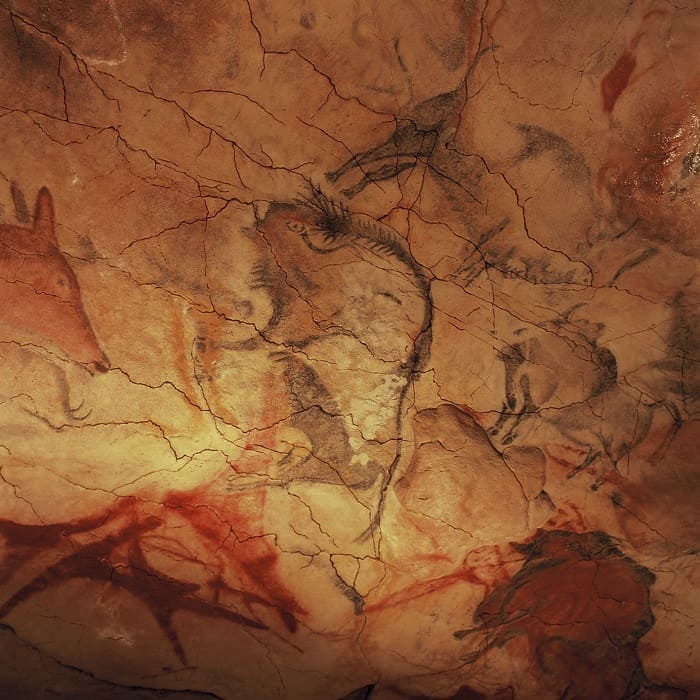
The oldest known art in the world is a cave painting of a red hand stencil from Spain. The cave painting is estimated to be over 67,000 years old and was made by a Neanderthal.
Although this is the earliest evidence of art, researchers believe that humans already had the ability to make art before they left Africa over 65,000 years ago – ancient art from Africa is hard to find because the geology doesn’t preserve it. Ancient art mostly depicted everyday life and featured people and the animals in their surroundings.
As time went one, art became more refined and ancient paintings and sculptures are some of the most valuable items in the world. While most people appreciate art, it can be difficult to make an actual living as an artist. If you can find stable employment as an artist, it’s possible to earn between $24,000 – $104,000.
4. Storyteller
Originated: estimated at less than 200,000 years ago
Country of Origin: somewhere in Africa
Current Salary: $21K – $132K (Writer/Author)

The origins of human language are completely unknown as there is absolutely no way to trace the history of spoken languages. Scholars aren’t even sure which hominid species was the first to develop proto-language skills. The best estimates put the development of language among modern humans at less than 200,000 years ago.
Oral storytelling is probably as old as the human language. It was how our ancestors passed down important information and explained the world around them.
The practice of oral storytelling persisted even after written language was developed around 3100 BCE.
Modern storytelling has come a long way from its ancient roots and exists today as wide array of media including books, TV shows, movies, video games, blogs, and vlogs. The amount of money you can make as a storyteller depends on the exact industry you get into, but if you can make it as a top tier writer/author you could be earning as much as $132,000 a year.
3. Clothier/Tailor
Originated: between 100,000 – 500,000 years ago
Country of Origin: somewhere in Africa
Current Salary: $21K – $60K
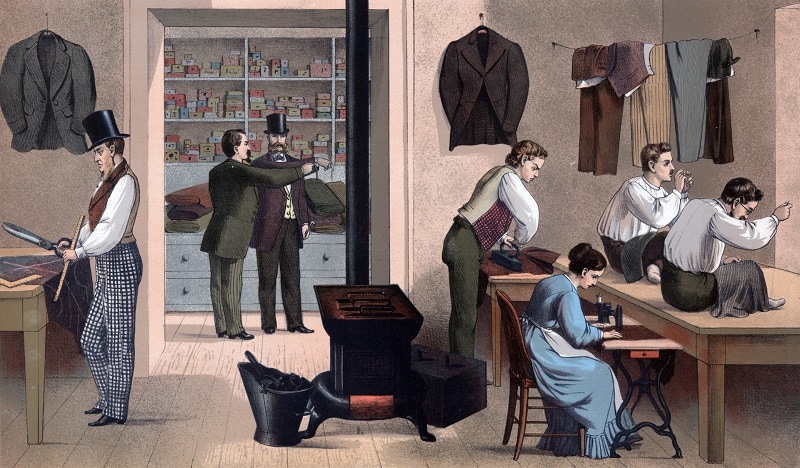
No one knows when ancient humans started wearing clothing, but anthropologists estimate that clothing came about between 100,000 – 500,000 years ago. There is no direct evidence that tells us when our ancestors stopped wandering around naked.
However, a study on lice released in 2011 suggests that early humans were wearing clothes at least by 83,000 and possibly as early as 170,000 years ago — clothing lice evolved from head lice around this time.
The oldest sewing needles date back to between 41,000 – 60,000 years ago. Early clothing was simple and utilitarian and primarily worn by hominid species that live in colder climates.
While clothing has become more than just a necessity, tailors, dressmakers, custom sewers, and seamstresses are still needed today. People in this line of work, not including designers, can expect to make between $21,000 – $60,000.
2. Hunter/Butcher
Originated: disputed but estimated to be over 1.8 million years ago
Country of Origin: Tanzania
Current Salary: $21K – $46K (Butcher)
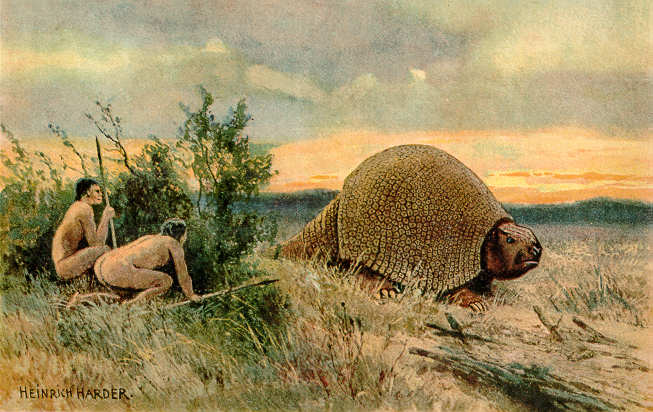
According to evidence released by anthropologists in 2012, humans have been hunting and eating meat for nearly 2 million years. Before the recent findings came out, the earliest definitive evidence of human hunting only dated to about 400,000 years ago.
The new evidence challenges the previous notion that early humans only scavenged animals that had died from natural causes or were left over by lions, leopards, and other predators. Now, it looks like human ancestors selected and killed the best wildebeest, antelopes, and gazelles.
Although hunting is no longer really a profession — most people typically hunt for sport or to provide for their family — they can sometimes make some money selling their catch to local restaurants. While hunters aren’t needed in modern society, butchers still exist. As of 2022, the average pay for a butcher is $14.98 per hour.
1. Toolmaker
Originated: 2.6 million years ago
Country of Origin: Gona, Ethiopia
Current Salary: $39K – $75K
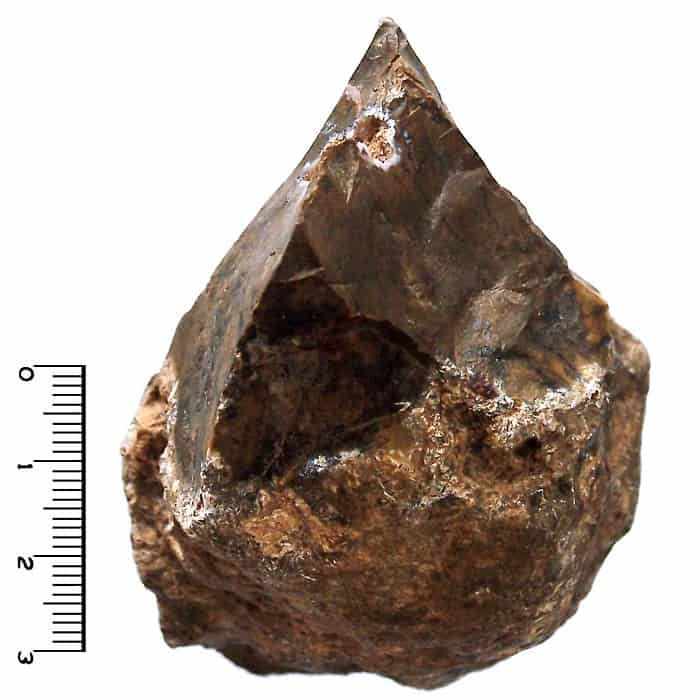
The earliest human ancestors began making stone tools about 2.6 million years ago, which means that toolmaker is the oldest profession in the world. The oldest stone tools are known as Oldowan and included not only chunks of rock used for pounding, but also sharp flakes made from quartz, obsidian, or flint. These tools are believed to have been used to butcher animals.
The emergence of tools in human history eventually led to the evolution of homo sapiens (modern humans), who became so adept at making and using tools that we are now the last remaining hominid species.
Toolmakers are still in demand today with machinist being the most common job in toolmaker umbrella. People entering this profession can expect to make between $39,000 – $75,000. Having a degree in engineering design or machine programming, manufacturing will greatly increase toolmakers’ salary.
OTHER POSTS YOU MAY BE INTERESTED IN












I disagree with the popular but erroneous statement that Prostitution is the oldest profession. Based on several criteria sociologists and cultural anthropologists have delineated what constitutes a profession. Some of them are 1. A true ‘professional’ (say a medical doctor) is one who possesses a body of specialised knowledge often highly technical in nature. Whereas a prostitute only a ‘body’ to sell. 2. Entry to a real profession is strictly regulated and involves long and vigorous course of study. Whereas a Prostitute does not have to have any vigorous training. 3. A true professional organisation controls and maintains a formal list of its members and the hall mark here is self regulation with integrity and altruism. As opposed to this prostitution may not necessarily have to have this.
4. There is a strict code of conduct established by the professional bodies, which every member must adhere to. Breach of such code of conduct has sever negative consequences for its members. Such a strict code of conduct is not necessarily a criterion for Prostitution.
5. A true profession is always Law abiding in the broader context of the society. Whereas Prostitution is prohibited to various extent by the law in different jurisdictions.
6. A true professional is always a highly respected member of the society because of the altruistic nature of his/her profession. This may not necessarily be so with prostitution. Indeed often prostitutes are looked down upon as immoral, exploitative and lacking respect of the society.
7. There are what are called ‘Professional Boundaries’ which a professional person must not cross under any circumstances. ie Exploitation in form (emotional ,sexual, financial etc). Otherwise he/she may be expelled from the profession. Such severe consequences are less likely to be present in the context of ‘Prostitution’.